Community forestry must prioritize the poor: Forests Minister Thakuri
Patan (Lalitpur): Minister for Forests and Environment, Ain Bahadur Shahi Thakuri, has stressed the importance of ensuring that community forestry initiatives directly benefit impoverished and marginalized communities.
Speaking at the ‘Third National Community Forestry Workshop’ held in Lalitpur and organized by the Department of Forests and Soil Conservation, Minister Thakuri expressed confidence in the role of community forestry in conserving natural resources and promoting sustainable forest management.
He acknowledged the success of collaborative forest management practices but also pointed out existing challenges, particularly under Nepal’s federal structure. According to the minister, legal and policy inconsistencies between federal and provincial laws have complicated forest governance. He emphasized the need to harmonize regulations on forest product distribution and revenue sharing to ensure fairness for forest users.
Minister Thakuri also highlighted the importance of treating consumers as stakeholders in the forest-based products they receive, thereby promoting greater accountability and community participation.
Minister of State for Forests and Environment, Rupa Bik, echoed the call for participatory forest management. She noted that while collaborative forest models offer potential, they are facing increasing challenges due to insufficient policy reforms, weak institutional capacity, and lack of coordination among concerned agencies.
Secretary of the Ministry, Dr. Rajendra Prasad Mishra, highlighted the scale of impact, stating that collaborative forest programs have benefited 5.1 million individuals from 900,000 families. He emphasized that these forests differ from traditional community forests in terms of governance and scale.
Thakur Silwal, Dean of the Institute of Forestry Studies at Tribhuvan University, expressed optimism about conducting a detailed study to analyze the benefits realized from community forestry practices and to better understand their impact on forest user groups.



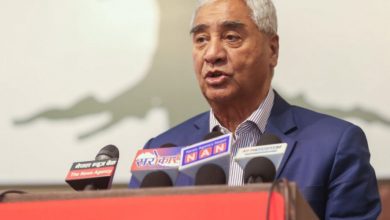
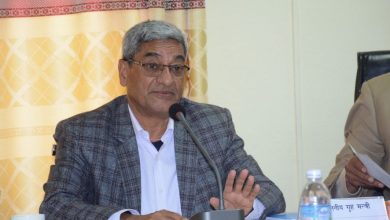
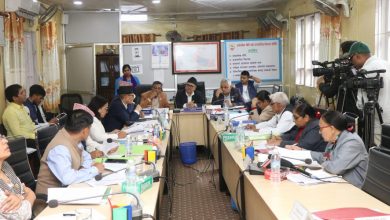
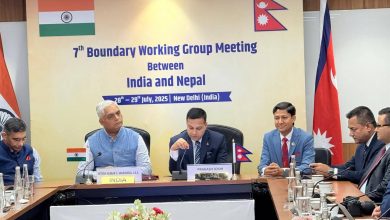

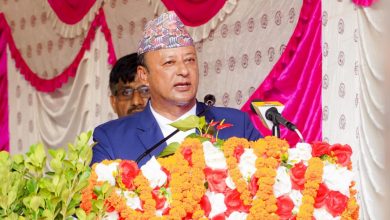
Comments